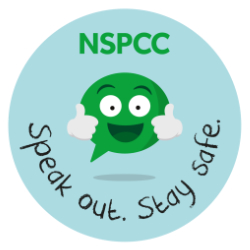Get involved in our October Science Challenge - Wind Vane.
October Science Challenge - Wind Vane
Resources:
- A pencil with a rubber on top
- A straw
- Card cut into shapes (see picture for the shapes that you need)
- Plasticine/play dough
- A pin
- Tape or glue
Instructions:
- Cut out the card shapes for each end of the wind vane and fix in place with tape or glue (the arrow end needs to be a little bigger than the tail end so it can be pushed by the wind).
- Roll the plasticine/play dough into a ball and push the pencil in (make sure the top of the pencil is in the plasticine).
- Ask an adult to carefully push the pin through the straw and into the rubber.
- Make sure that the straw can spin freely. Choose a spot outside that is not sheltered from the wind so the wind vane can spin.
You could then use a compass to work out which way the wind is blowing.
Please send a photo on Class Dojo to your teacher. All entries will receive a sticker.
The Science
Wind is a natural movement of air across the surface of the Earth. It is driven by energy from the sun. It can range from a light breeze to a dangerous hurricane or tornado. Wind forms when air moves between areas of different pressure. Wind is a renewable energy source, so it can be used over and over again.
Science of the Month/Black History Month: Healthy Living
If you’ve ever watched an online TED talk, there is a high probability that you have come across Majora Carter’s inspiring lecture entitled ‘Greening the Ghetto.’ Majora outlines her journey fighting for environmental justice in the South Bronx, in which she draws key connections between economic, ecological, and social degradation.
As an activist in the 1990s, Carter brought the South Bronx its first open-waterfront park in 60 years, and founded ‘Sustainable South Bronx,’ an organisation to mobilise grassroots environmental activism among New York City’s poorest and most environmentally oppressed citizens. In the present day, Carter works to help people in low-income communities realise that they don’t have to move out of their neighbourhoods in order to live in a healthier environment.














